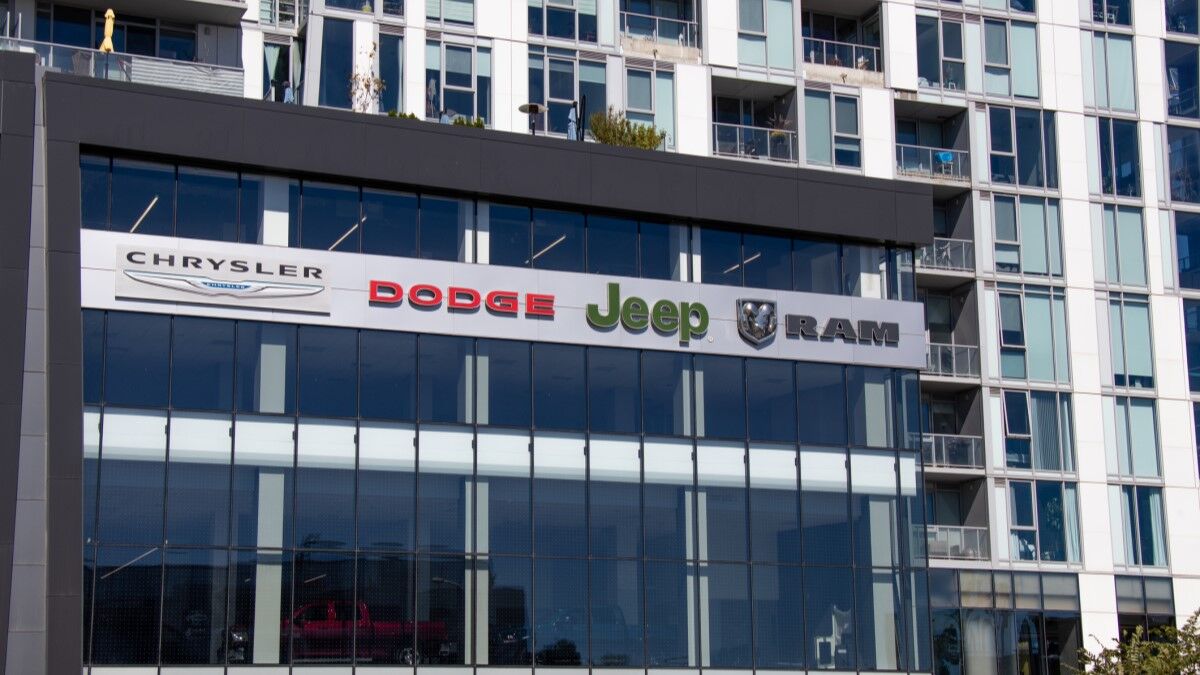- Automakers publish their sales figures next week, and they’re likely to look weak
- Americans rushed to buy cars pre-tariffs in spring, leaving fewer to shop now
America’s automakers will start announcing their June sales figures next week. They’re likely to show a slowdown.
Analysts from Kelley Blue Book parent company Cox Automotive forecast that Americans will have bought 6.4% fewer cars this June than last. Tariffs get the bulk of the blame.
When the White House announced 25% tariffs on new cars and car parts, Americans rushed to buy the cars dealers already had on their lots at pre-tariff prices. That pushed sales figures higher in late spring, but it means fewer car shoppers now.
Higher Prices in Late Summer
- Many dealers keep two months of inventory on the lot
- That means tariff inflation starts months after tariffs are announced
Automakers and car dealers likely had a good second quarter, but are bracing for a rough third quarter.
Cox Automotive forecasts that new car sales will finish Q2 1.7% higher than last year. The surge comes largely thanks to the pull-forward effect of the late spring sales rush.
Analysts measure the pace of sales with a metric called the seasonally adjusted annual rate (SAAR). It calculates how many cars Americans would buy if today’s sales rate lasted all year. The SAAR hit a remarkable 17.5 million in March and April before dropping to 15.6 million in May. It likely hit just 15.3 million in June.
“Much of the pull-ahead demand that fired up sales in April and May has now been satiated, so consumer demand is expected to be weaker in the coming months,” explains Cox Automotive Senior Economist Charlie Chesbrough. “Buyers are price-sensitive right now.”
Dealers typically aim to keep about 60 days’ worth of cars in stock, with another 15 days in transit or on order. That means tariffs enacted in April and May are just beginning to reach consumers.
“As more tariffed products replace existing inventory over the summer, prices are expected to trend higher, leading to slower sales in the coming months,” Chesbrough says.








